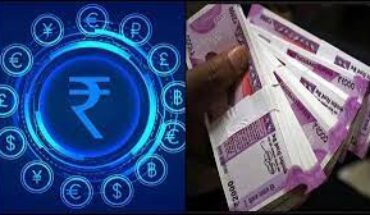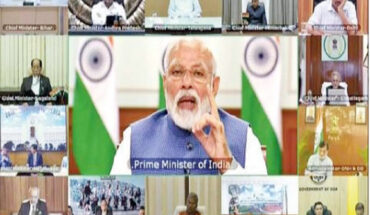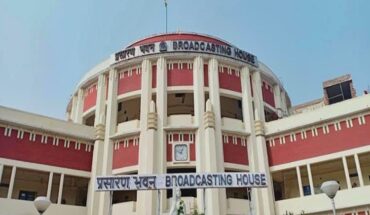Relations between India and the Central Asian region have been historically close, with “civilisational, cultural, trade and people-to-people linkages”, but the lack of access to land routes, and the situation in Afghanistan are among the biggest challenges. Hosted by Prime Minister Narendra Modi with the Presidents of the five Central Asian Republics (CARs), the recently concluded virtual summit was a first, building on years of dialogue. The summit also came after the meeting of NSAs in Delhi, where they built on several common themes of concern and priority. To begin with, there is the problem of routing trade — a paltry $2 billion, spent mostly on Kazakhstan’s energy exports to India. In comparison, China’s CAR trade figures have exceeded $41 billion — they could double by 2030 — apart from the billions of dollars invested in the Belt and Road Initiative. With Pakistan denying India transit trade, New Delhi’s other option is to smoothen the route through Iran’s Chabahar port, but that will involve greater investment in rail and road routes to Iran’s northern boundaries with the CARs, something India is hesitant to do in the face of U.S. sanctions. A third option is to use the Russia-Iran International North-South Transport Corridor via Bandar Abbas port, but this is not fully operational and at least two CARs (Uzbekistan and Turkmenistan) are not members. India too, has dragged its feet over TAPI gas pipeline plans (Turkmenistan-Afghanistan-Pakistan-India), due to supply guarantees, given the tensions with Pakistan. Finally, there is Afghanistan: the tenuous link between Central Asia and South Asia, where there is no official government. Each theme has been outlined in the summit joint statement as areas to work upon. India will need to make certain the future of regional ties more closely resembles the deep ties of the distant past.





